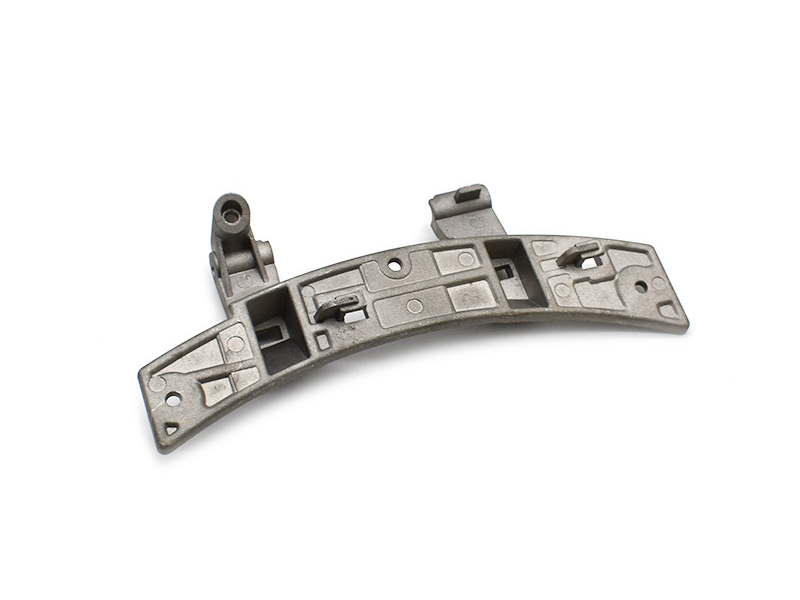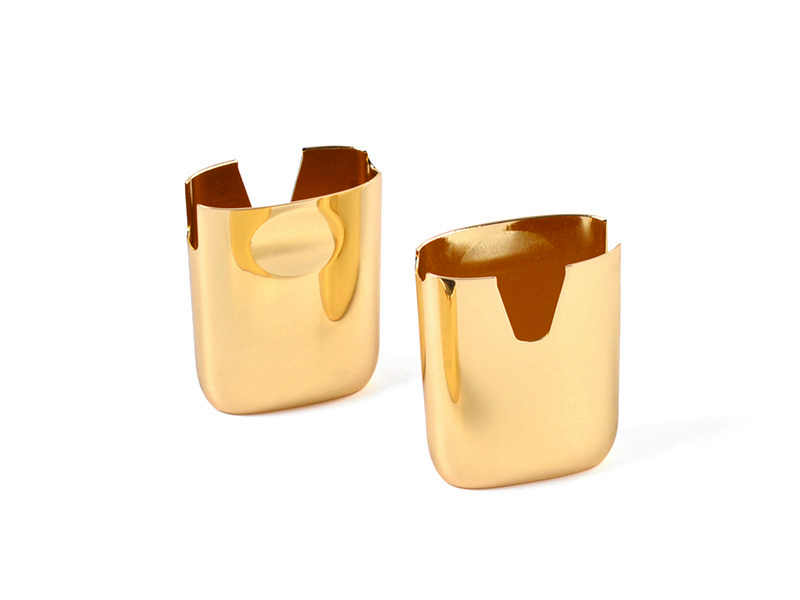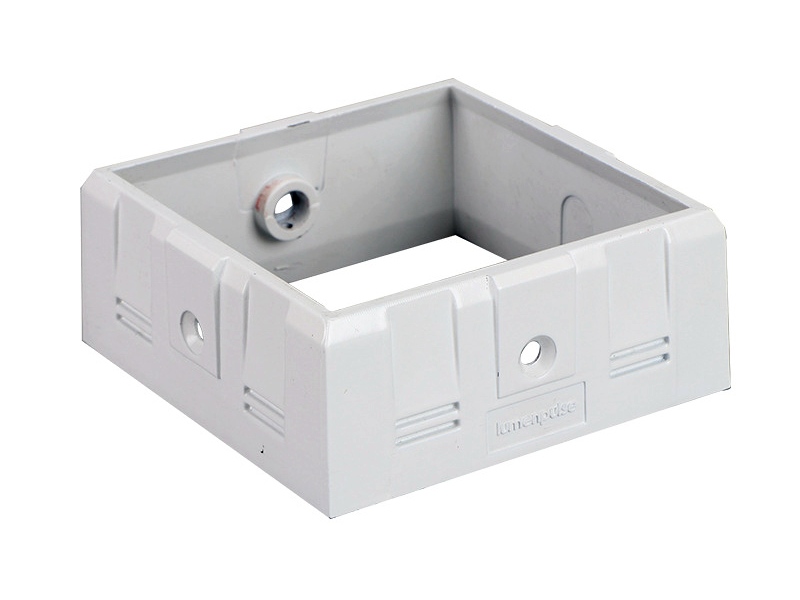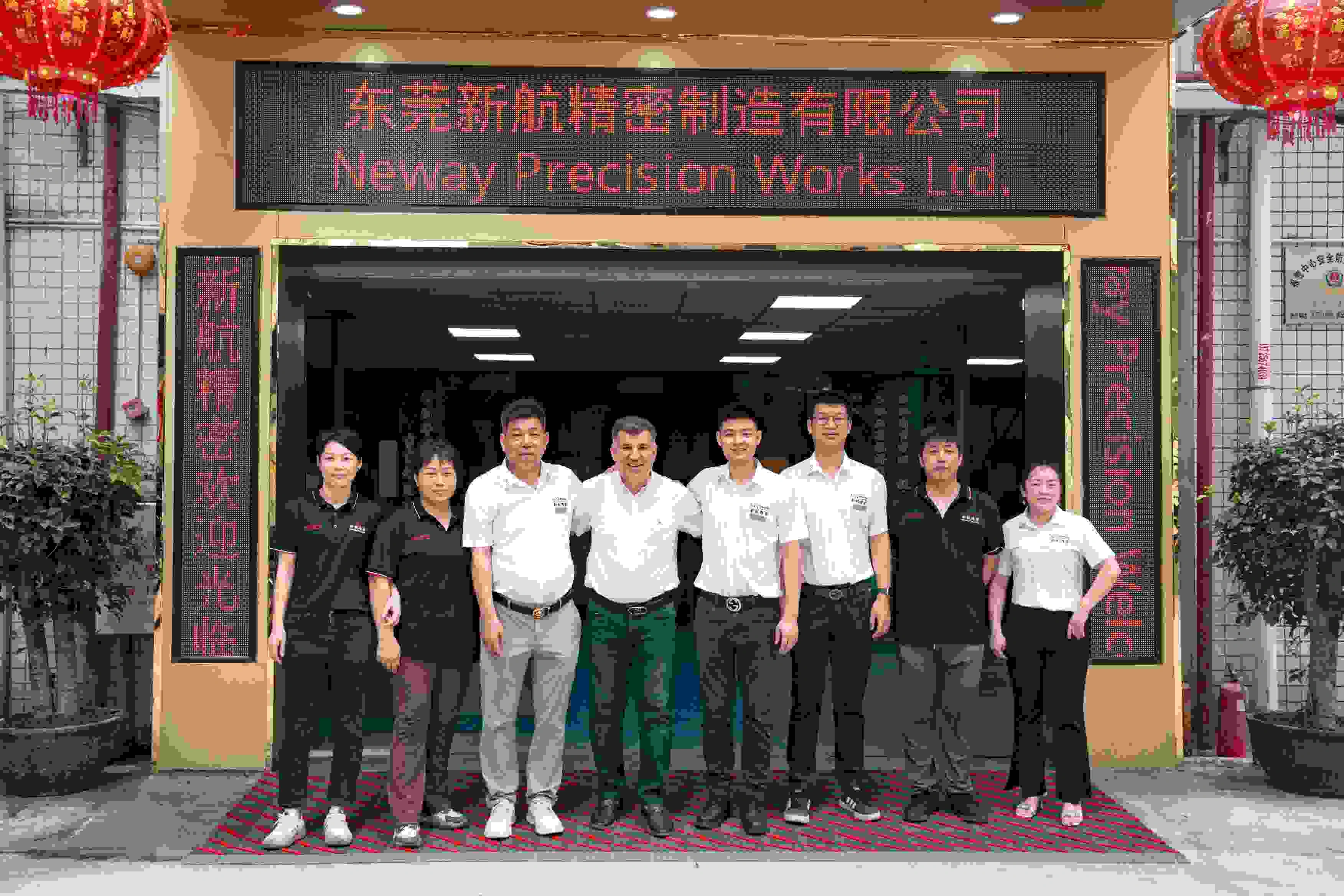When Metal Casting is the Most Cost-Effective Manufacturing Option
Introduction
Metal casting remains a cornerstone of industrial manufacturing, accounting for over 70 million metric tons of global output annually, according to World Foundry Organization data. It is particularly valued for producing high-strength, complex components at scale, making it indispensable across sectors such as automotive, aerospace, electronics, and heavy equipment.
Determining when metal casting offers the most cost-effective solution depends on several factors, including material efficiency, production volume, and tooling investment. Processes such as high-pressure die casting, sand casting, and investment casting enable manufacturers to achieve tolerances as tight as ±0.1 mm, with minimal secondary machining. Companies leveraging advanced services like metal casting can optimize production costs while maintaining superior component quality. This article explores the key scenarios where metal casting clearly outperforms alternative manufacturing methods in cost efficiency.
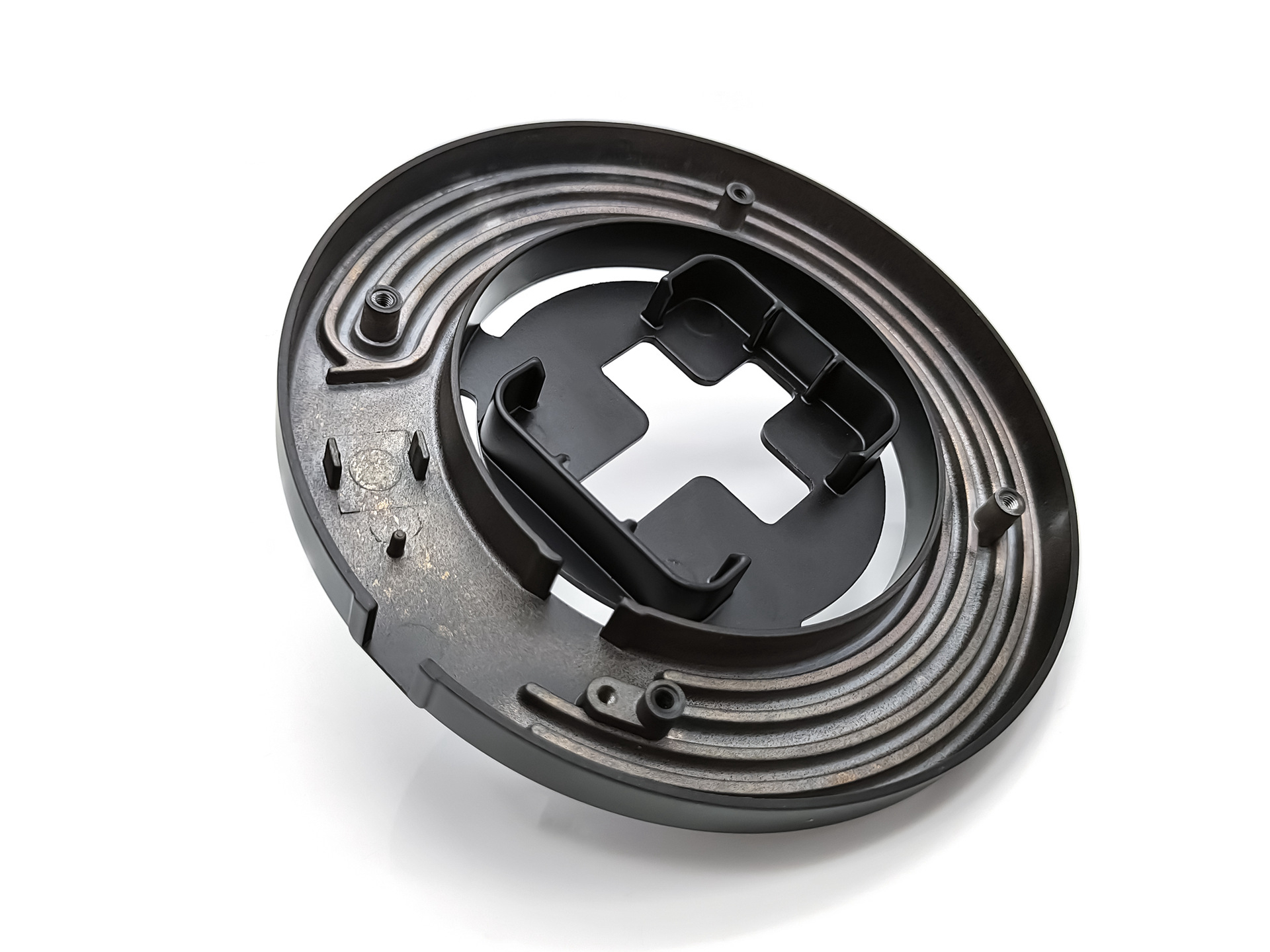
Understanding Cost Drivers in Metal Casting
Effective cost management in metal casting begins with a clear understanding of its primary cost drivers. These include material selection, tooling investment, and production volume—all of which directly impact the unit price of cast components.
Material Selection and Its Impact on Cost
Material choice plays a pivotal role in determining casting costs. For example, aluminum alloys such as aluminum die casting are widely favored for their excellent strength-to-weight ratio and lower raw material price compared to copper-based alloys. In contrast, zinc alloys offer superior castability and thin-wall capability, which can reduce cycle times and tooling wear. Selecting the appropriate alloy requires balancing material performance with part geometry and lifecycle requirements.
Tooling and Mold Investment
Tooling costs in metal casting can range from $5,000 to over $100,000, depending on part complexity and expected production volume. Services such as tool and die making provide precision-engineered molds that ensure dimensional accuracy and extended service life. High-quality tooling is essential when amortizing costs over large production runs, as it directly affects per-part cost.
Production Volume Considerations
Metal casting becomes increasingly cost-effective at medium to high volumes. For instance, with low-volume manufacturing, companies can achieve break-even points on tooling investments with batch sizes as low as a few thousand units. As production scales, per-part costs decrease sharply, especially when combined with optimized cycle times and automated processes.
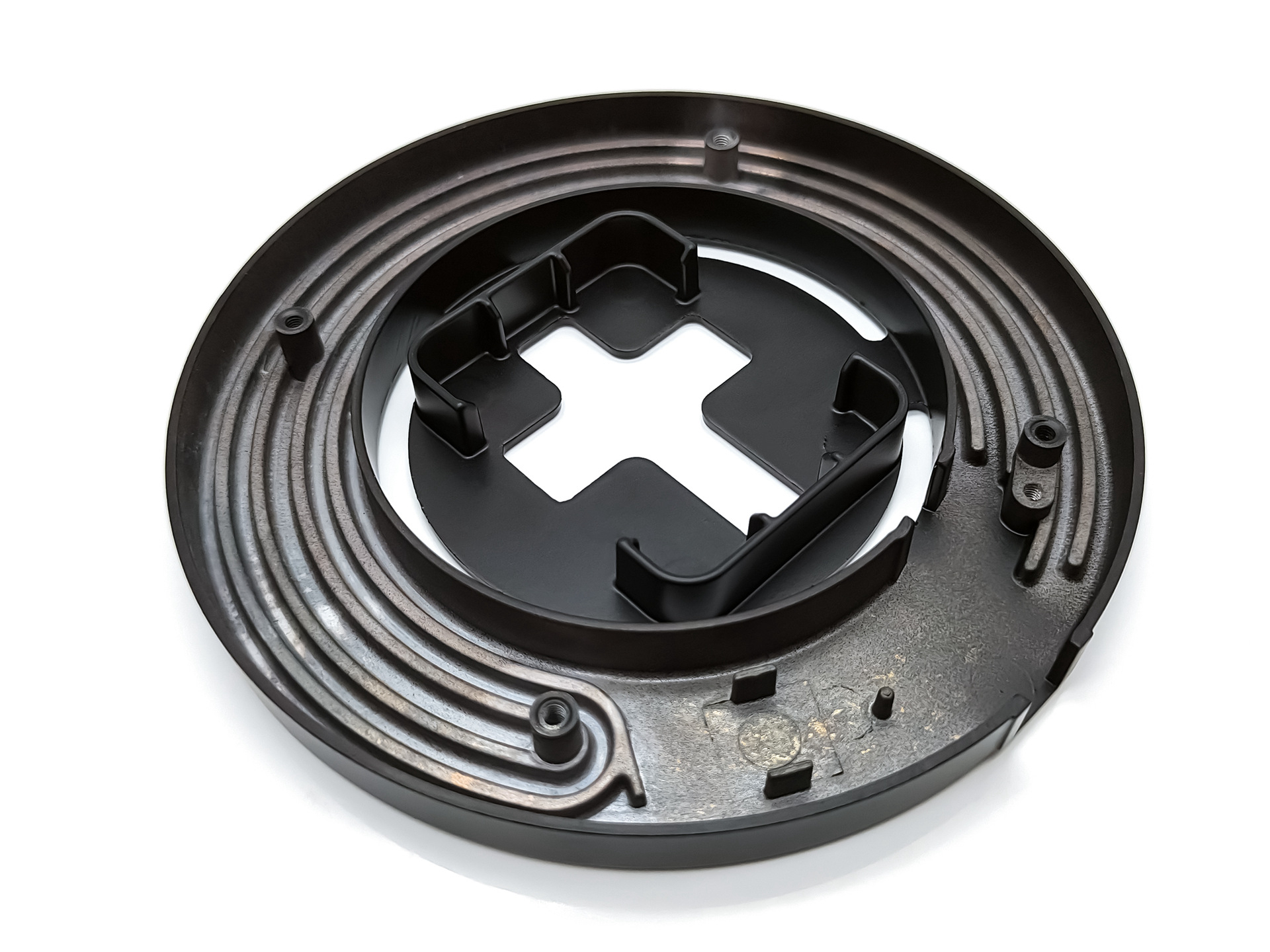
When Metal Casting Becomes the Most Cost-Effective Option
Certain production scenarios clearly favor metal casting as the most economical solution. Understanding these scenarios allows manufacturers to align process selection with business goals.
High-Volume Production with Long Tool Life
Metal casting excels in high-volume manufacturing. When production runs exceed 50,000 to 100,000 units, the upfront tooling investment is quickly amortized. Processes such as high-pressure die casting enable cycle times as short as 30 to 60 seconds per part, delivering consistent quality with minimal manual intervention. Well-engineered tooling from services like die castings engineering can achieve tool life exceeding 100,000 shots, dramatically reducing long-term costs.
Complex Geometries Achieved at Low Cost
Metal casting allows intricate geometries that would be prohibitively expensive to achieve through machining or fabrication. Integrated ribs, thin walls, and undercuts are readily produced without the need for costly multi-axis machining or welded assemblies. Design services such as die castings design service enable early optimization for casting, reducing downstream processing costs.
Material Efficiency and Minimal Waste
Compared to subtractive processes like CNC machining, which can waste 30% to 70% of raw material, casting processes typically utilize over 95% of the input metal. This material efficiency directly translates to lower material costs, particularly valuable when using high-cost alloys. Additionally, casting requires minimal post-processing, further enhancing cost competitiveness in suitable applications.
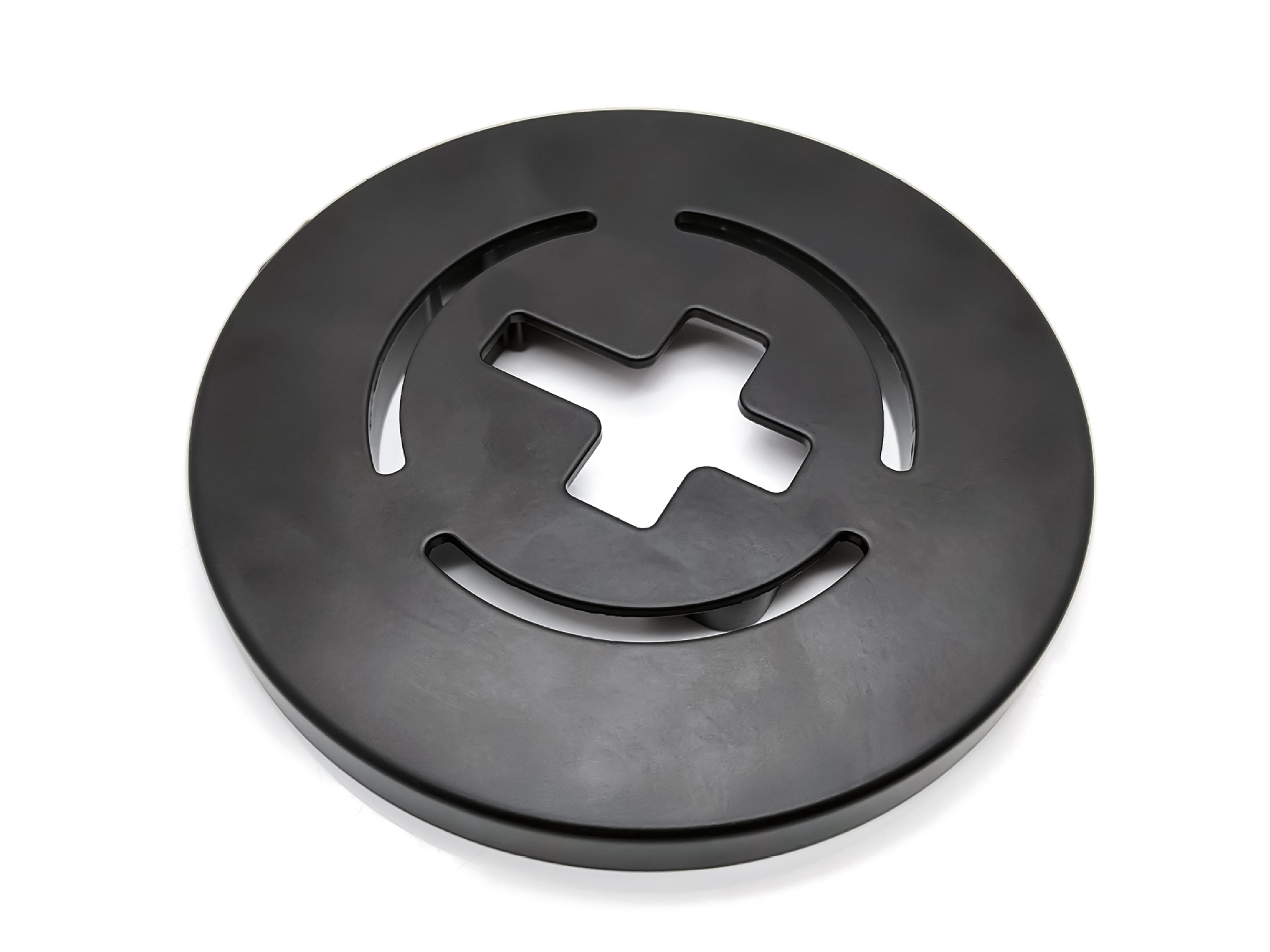
Comparing Metal Casting with Other Manufacturing Processes
Selecting the right manufacturing process depends on factors such as part geometry, material, volume, and cost targets. Here is how metal casting compares to other common manufacturing methods.
Metal Casting vs CNC Machining
CNC machining excels at low-volume production and extremely tight tolerances, often achieving tolerances of ±0.01 mm. However, it becomes cost-prohibitive for complex geometries and high volumes due to material waste and long cycle times. In contrast, processes like CNC machining are often used for post-processing or secondary machining of cast parts to meet critical dimensions, rather than full-part production when high-volume cost efficiency is required. For large batches of components with integrated features, metal casting offers significantly lower cost per part.
Metal Casting vs 3D Printing
Additive manufacturing is ideal for prototypes and highly customized components, particularly at volumes below 100 units. While 3D printing eliminates tooling costs, it typically incurs higher unit costs, slower production rates, and limited material choices. In contrast, when volumes exceed 1,000 units, metal casting achieves substantial cost savings with superior mechanical properties. Technologies such as 3D printing complement casting by accelerating product development cycles and enabling rapid design iterations prior to tooling investment.
Metal Casting vs Sheet Metal Fabrication or Welding
For large structural components or housings, metal casting often replaces welded assemblies or complex fabricated parts. Casting eliminates the need for multiple parts, fasteners, and manual labor, thereby improving both cost efficiency and structural integrity. Whereas sheet metal fabrication excels at thin-walled parts with simple bends, casting produces complex, high-strength geometries in a single operation, making it the preferred solution for applications such as pump housings, engine blocks, and heavy equipment components.
Cost-Saving Strategies Within Metal Casting Processes
Even when metal casting is selected as the primary process, further optimization opportunities exist to maximize cost efficiency. Key strategies include smart material selection, advanced surface treatments, and design for manufacturability (DFM).
Optimize Material and Alloy Selection
Choosing the right alloy can significantly reduce material costs and improve casting performance. For example, A380 aluminum alloy is widely used due to its excellent castability, dimensional stability, and cost-effectiveness. It also provides a good balance of strength and weight, making it a preferred material for industries such as automotive and electronics. Similarly, zinc alloys may offer cost advantages for small, intricate parts requiring superior surface finishes.
Leverage Advanced Surface Treatments to Reduce Secondary Costs
Applying optimized surface treatments can enhance part durability, corrosion resistance, and appearance, reducing the need for additional finishing steps. Services such as post-process for die castings include techniques like anodizing, powder coating, and machining, allowing manufacturers to achieve final specifications in fewer steps. By integrating surface treatment planning into the casting process, overall production costs are minimized.
Design for Manufacturability (DFM)
DFM principles help engineers create cast parts that are easier and less costly to produce. Proper draft angles, uniform wall thicknesses, and minimized undercuts improve mold filling and reduce cycle times. Collaborative services such as die castings engineering enable manufacturers to refine part designs early in the process, ensuring both quality and cost targets are met. Implementing DFM best practices can lower tooling maintenance costs and extend tool life, further contributing to long-term savings.
Real-World Case Examples of Cost-Effective Metal Casting
Industry-leading companies frequently leverage metal casting to achieve substantial cost savings, particularly in high-volume or complex part production.
One notable example is the collaboration between Neway and Nvidia for the production of GPU frames. By adopting a precision-engineered die casting approach, Neway delivered a lightweight yet rigid component optimized for thermal management. The custom aluminum A380 die cast GPU frame for Nvidia demonstrates how casting enabled both design flexibility and efficient mass production, achieving unit cost reductions compared to alternative fabrication methods.
Another success story involves Volkswagen’s supplier network, where high-pressure die casting of ADC12 aluminum alloy was used to produce complex automotive components with tight tolerances. The Volkswagen supplier aluminum ADC12 high pressure precision die casting project optimized cycle times and material usage, providing a cost-effective solution for large-volume automotive applications while maintaining strict quality standards.
These cases highlight how carefully engineered casting processes can deliver superior economic value across diverse industries.
